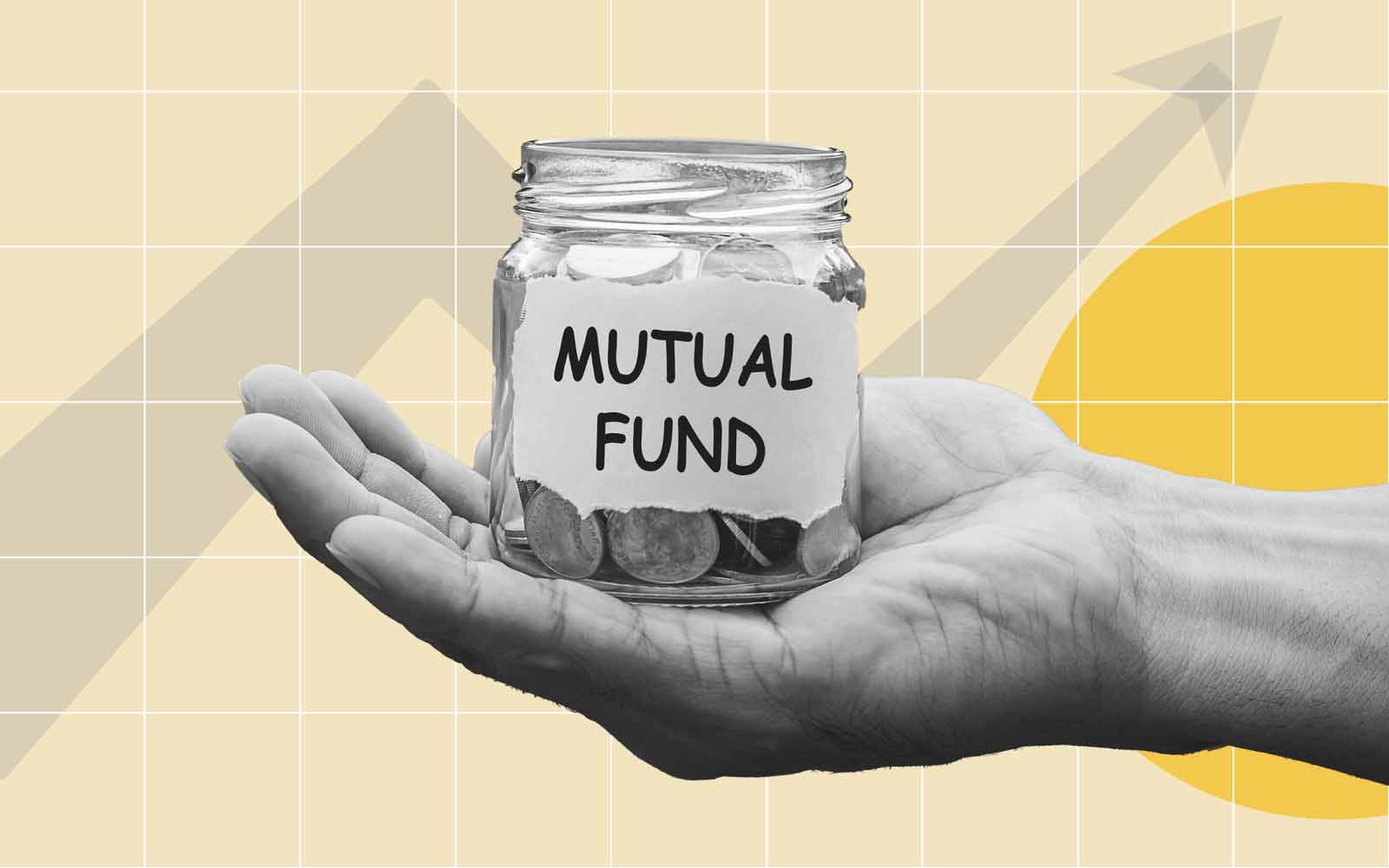Do you want broad market exposure, value opportunities, or a more concentrated bet on a specific sector or theme? Value funds and focused funds represent two distinct investment strategies, each with strengths and weaknesses to consider based on your financial planning and risk tolerance.
Defining value funds vs focused funds
Value funds invest in stocks currently undervalued by the market, intending to generate higher returns once the stock price corrects itself. Value funds typically have a diversified portfolio of undervalued stocks across various sectors. This broad approach aims to minimise risk.
Whereas focused funds concentrate investments in a limited number of stocks, usually in a particular sector or industry. Fund managers tend to select stocks that they believe will significantly outperform the overall market. While the potential for higher returns is greater, focused funds also carry more risk due to a lack of diversification.
Comparing returns: Which funds perform better?
When assessing the difference between the return on mutual funds when investing in value funds vs focused funds, you should consider these factors.
Performance
Over the long run, value funds tend to outperform focused funds. Value funds invest in undervalued stocks that fund managers believe are trading below their intrinsic worth. The goal is to buy the stocks at a discount and earn higher returns as the stock price appreciates to reach its fair value. According to decades of data, value stocks have achieved higher average returns than growth stocks that focused funds tend to favour.
However, focused funds can outperform over shorter periods when growth stocks are in favour. Focused funds concentrate holdings in a limited number of stocks, often in a particular sector, industry, or theme. Focused funds may achieve higher returns if that sector or theme performs well. But concentrated bets also mean more risk, as the fund’s performance depends heavily on the success of only a few stocks.
Risk tolerance
As an investor, your risk tolerance is key in determining which strategy may be more suitable and rewarding. Value funds typically have lower volatility and less downside risk than focused funds due to their broader diversification across sectors and stocks. Focused funds may lose more in market downturns but also gain more in upturns.
Assessing risk: Which strategy is less volatile?
When determining which investment strategy is less volatile, value or focused funds, here are a few factors to consider:
Diversification
Value funds invest in a wide range of undervalued stocks across many sectors, providing diversification that helps reduce risk. Focused funds concentrate investments in a narrow range of stocks, often limited to a single sector or industry. They invest in a maximum of 30 stocks. This lack of diversification exposes you to higher volatility from market shifts or changes impacting that sector.
Market capitalisation
Value funds invest in stocks of all market capitalisation, from small to large companies. This range of market caps also contributes to risk reduction. In contrast, focused funds typically invest in stocks of similar market capitalisation, unable to benefit from the balancing effect of a mix of small, mid, and large companies.
Active management
The active management style of value funds, with fund managers continually analysing and rebalancing investments, aims to maximise returns while controlling risks. Focused funds, especially passively managed index funds, provide less active oversight of investments, leaving the fund more susceptible to market ups and downs.
Flexibility
Value fund managers can shift investments between sectors and industries based on market and economic conditions. They can exit risky positions and reallocate to more stable investments. Focused funds lack this flexibility to invest in specific sectors or industries regardless of volatility or performance.
The bottom line
The choice between value and focused funds ultimately comes down to your investing priorities and risk tolerance. The right fund for your needs depends on where you are in your investment journey and how much risk you can handle to achieve your objectives.
